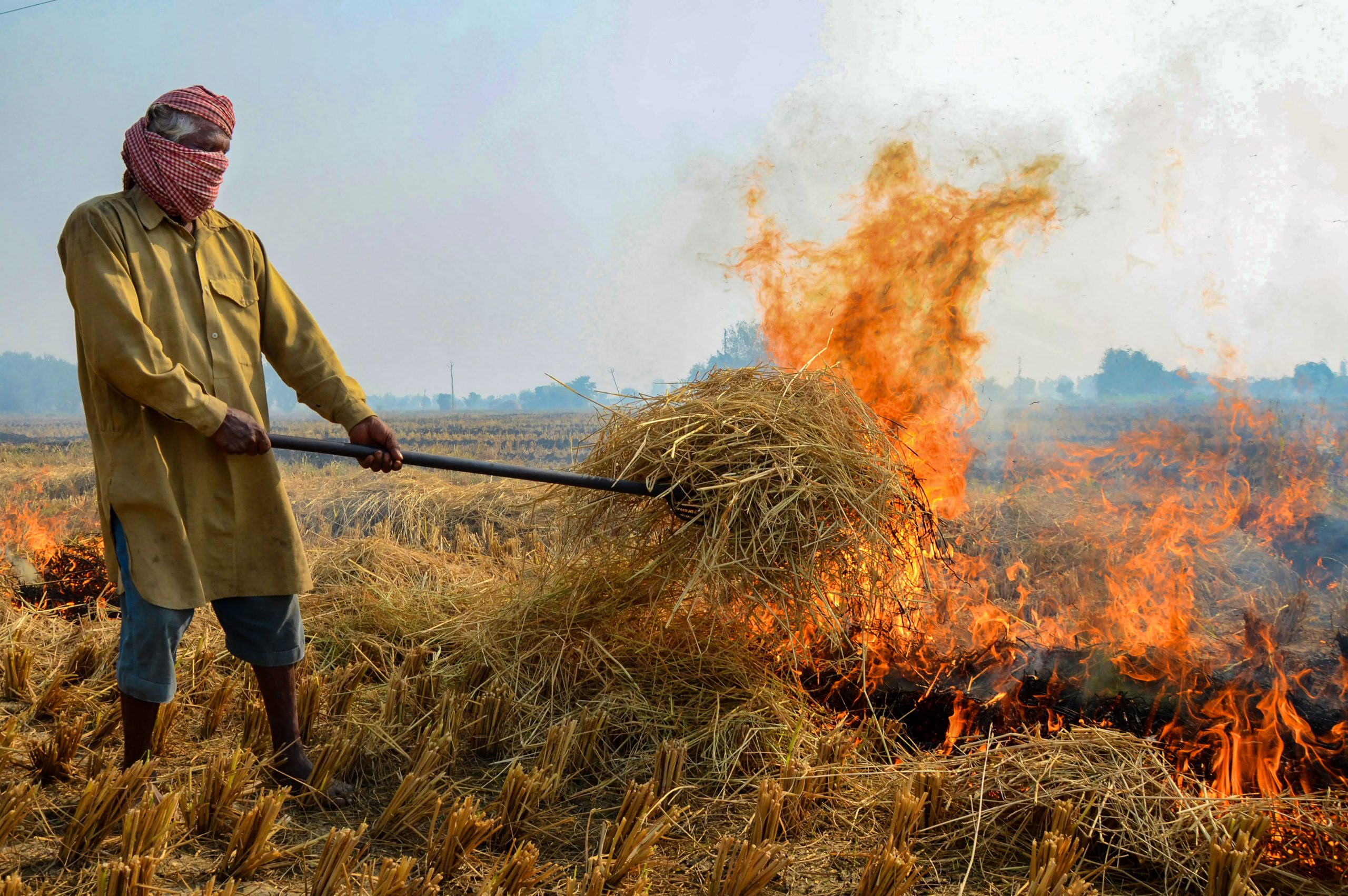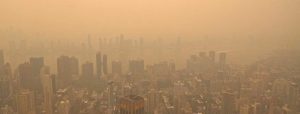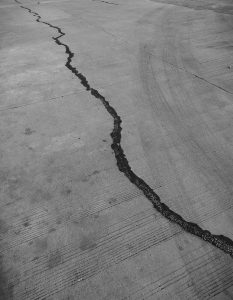Air quality in New Delhi remained in the ‘very poor’ category for the second consecutive day on Monday, with an average air quality index (AQI) of 342 for the past 24 hours. An AQI between zero and 50 is considered ‘good’, 51 and 100 ‘satisfactory’, 101 and 200 ‘moderate’, 201 and 300 ‘poor’, 301 and 400 ‘very poor’, and 401 and 500 ‘severe’. In October, Delhi’s air had been the cleanest for the month in four years with an average AQI of 173, sharply down from 265 figure for October 2020. The corresponding figure for 2019 was 233, while in 2018, October recorded an average AQI of 268.
According to an analysis by the Delhi Pollution Control Committee (DPCC), air pollution peaks from November 1 to November 15 in the region every year as cold weather conditions trap pollutants coming from local sources and stubble burning in the neighbouring states of Punjab and Haryana.
North Indians to lose 9 years life expectancy due to air pollution: Study
However, the Supreme Court on Monday said the “hue and cry” over farmers’ stubble burning is without any scientific and factual basis, noting that it contributes only 10% to air pollution in Delhi-NCR. Citing an affidavit filed by the Centre, the apex court said industry, dust and transport are to be blamed for 75% of the air pollution.
“So far, as stubble burning is concerned, broadly affidavits state that their contribution is not so much except for two months. However, at present a good amount of stubble burning is taking place in Haryana and Punjab,” a bench of the apex court said.
Among 10 most polluted cities in the world, 3 are from India: Report
Solicitor General Tushar Mehta said the Centre had come to the conclusion that “stubble burning is not the major cause of pollution and it contributes to only 10 per cent of the air pollution.”
A 2016 study conducted by IIT Kanpur and commissioned by the Delhi government highlighted that dust generated from roads, construction and demolition, contributes annually an average 38% of PM 2.5 concentration and 56% of PM 10. Vehicles account for an annual contribution of 20% of PM 2.5 and nearly 9% of PM 10, according to the study. The number of registered vehicles in Delhi has doubled to 12 million in the last decade.
Others factors include Delhi’s geographical location which makes it more susceptible to increased levels of air pollution during the winter season. During a meeting of the Commission for Air Quality Management in NCR and Adjoining Areas (CAQM) on Sunday, experts said that the adverse air quality was also because of a “dust storm moving in from the South-Westerly directions of the Thar desert, which brought in huge quantities of dust that further amplified the PM2.5 / PM10 levels significantly.”
Barricades, boats contain toxic Yamuna froth before Chhath Puja dip
According to a recent study by Centre for Science and Environment (CSE), 50% of Delhi pollution between October 24 and November 8 was contributed by vehicles, followed by household pollution over 12%.
(With PTI inputs)







